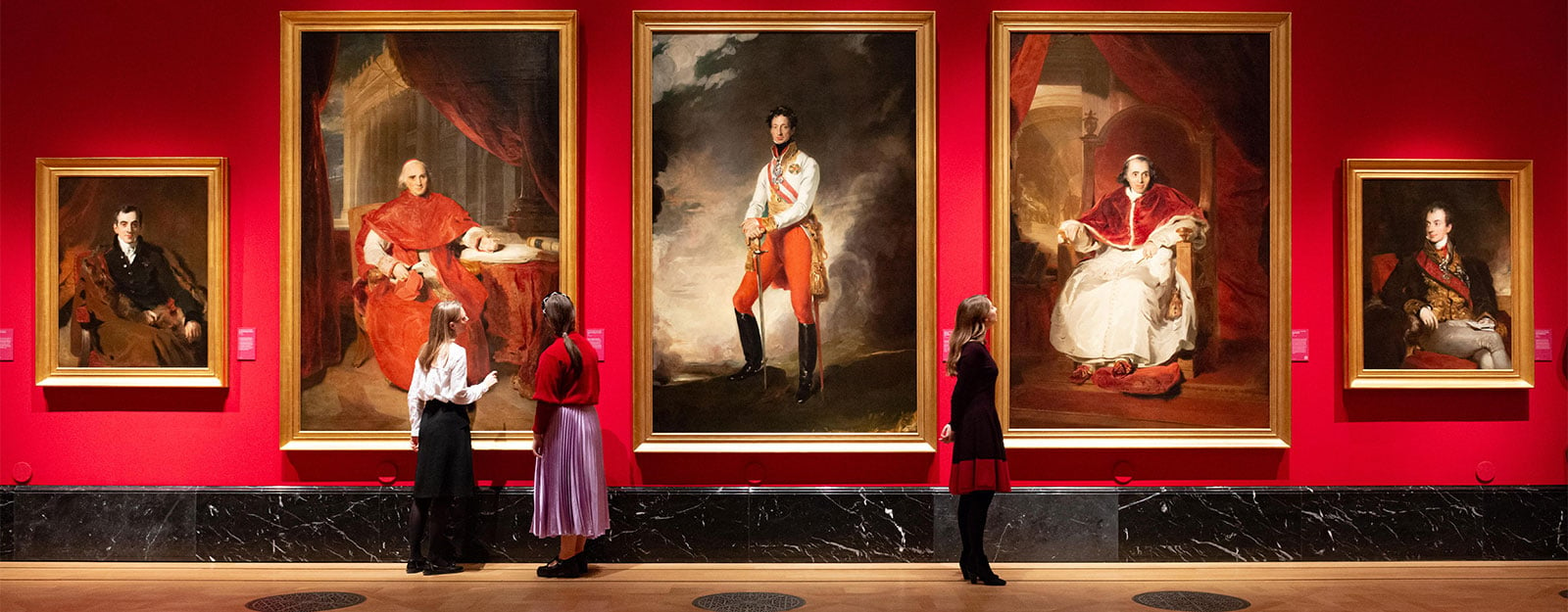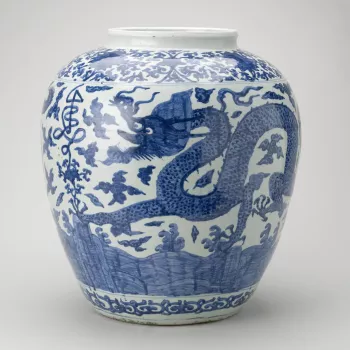
About the Collection
Learn more about the Royal Collection, one of the most important art collections in the world.
Oriental and Indian Works of Art
Oriental works of art in the Royal Collection encompass almost every branch of the decorative arts of China and Japan, including lacquer, jade, enamels, arms and armour and porcelain. Mary II and Queen Charlotte were both keen collectors of oriental ceramics, although few pieces from their collections survive today. George IV spent lavishly on oriental porcelain mounted decoratively in gilt-bronze.
The Collection is rich in weaponry from India and the Far East, much of it presented to George IV and later princes. Albert Edward, Prince of Wales, the future Edward VII returned from his tour of India in 1875-6 with a very large collection of weapons, enamels and other decorative wares. His brother, Alfred, Duke of Edinburgh, also visited India and Japan, as well as Fiji, Hawaii and New Zealand. In Japan, the Emperor Meiji presented the Prince with numerous gifts, including a full set of samurai armour, weapons and ornamental goods in lacquer, bronze and porcelain.
The close association between Britain and India was reinforced when Queen Victoria was proclaimed Empress of India in 1876. When the Queen added a new wing to Osborne House she commissioned a large dining hall in the Indian style, known as the Durbar Room. After Queen Victoria’s death, the room became the setting for a display of Indian gifts.
Click on a highlight to learn more.









